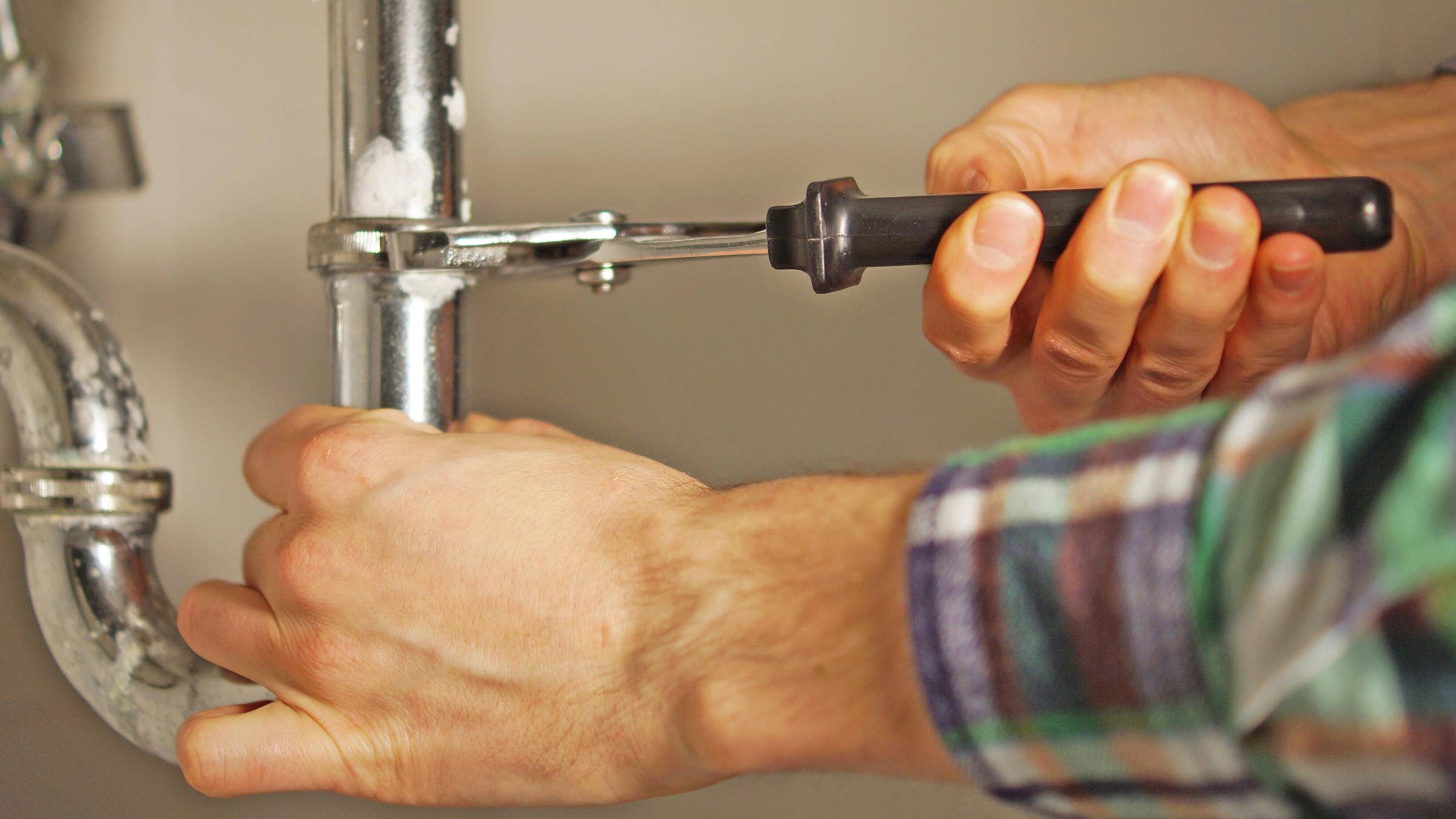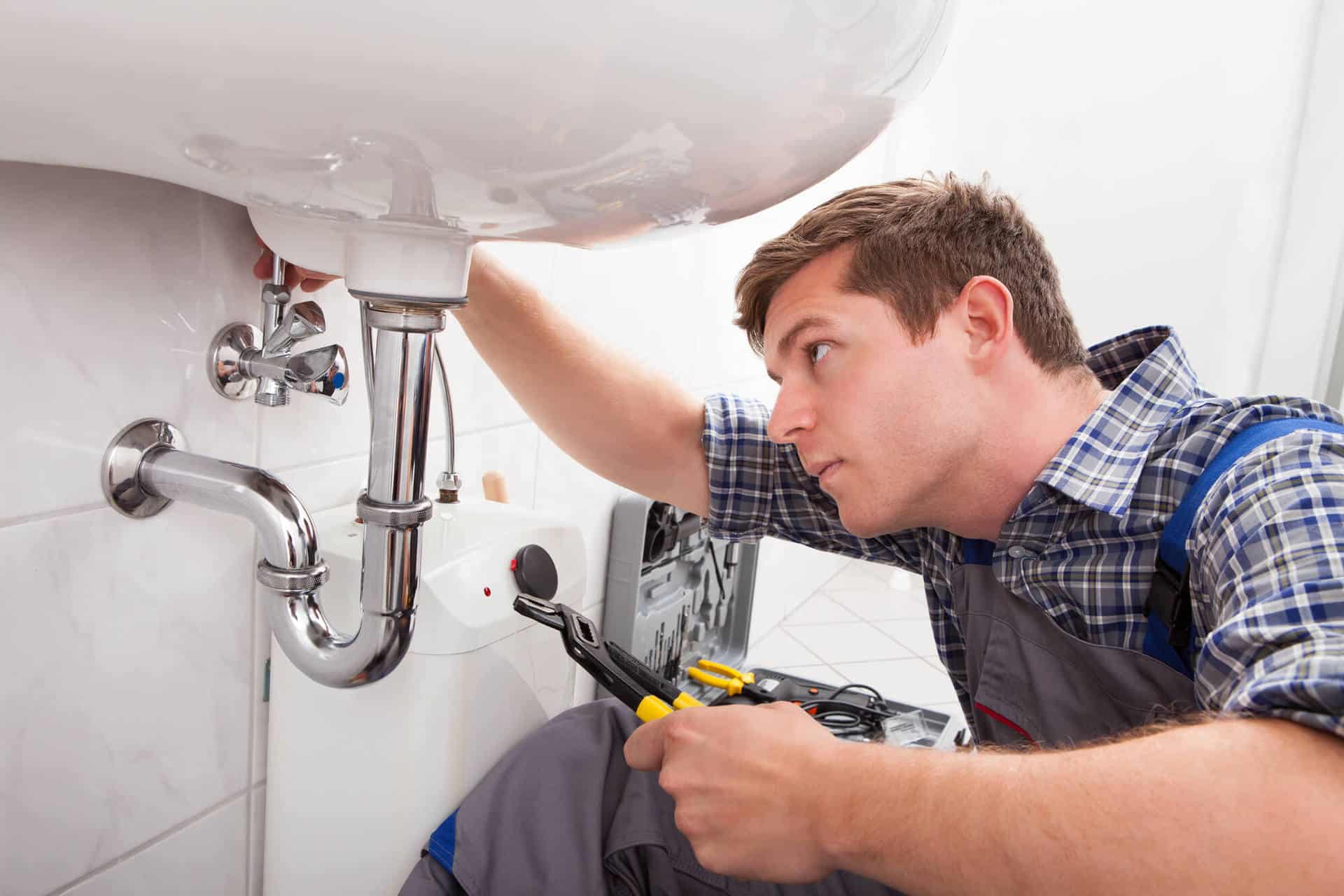See This Report about Clearing Drains
Table of ContentsLeaking Pipe Fundamentals ExplainedThe 7-Minute Rule for Leaking PipeLeaking Pipe Can Be Fun For AnyoneTop Guidelines Of Plumbing MaintenanceService Plumbing Can Be Fun For AnyoneThe Only Guide to Blocked Drain9 Easy Facts About Blocked Drain Described
It has been found, however, that the corrosive liquids streaming in the system wear away or jam these mechanical traps. For this reason, most plumbing codes forbid mechanical traps.illustrates this siphonage procedure; portrays loss of trap seal. If a drain is put vertically after the fixture trap, as in an S-trap, the wastewater continues to flow after the fixture is cleared and clears the trap. This is caused by the pressure of air on the water of the fixture being greater than the pressure of air in the waste pipe.
When it comes to indirect or momentum siphonage, the circulation of water past the entryway to a fixture drain in the drain removes air from the component drain. This lowers the atmospheric pressure in the fixture drain, and the entire assembly functions as an aspirator. (and reveal pipes setups that would permit this type of siphonage to happen.).
Plumbing Maintenance Fundamentals Explained
Little circulations tend to cling to the sides of the pipe, but big ones form a slug of waste as they drop. As this slug of water falls down the pipeline, the air in front of it ends up being pressurized.
The atmospheric pressure requires the trap seal up the pipe into the fixture. If the pressure is excellent enough, the seal is blown out of the component entirely. and show the capacity for this type of problem. Big water circulation past the vent can aspirate the water from the trap, while water flow approaching the trap can blow the water out of the trap.
The system venting system is typically used in apartment. This type of system saves a good deal of cash and space when components are positioned back-to-back in separate apartments. It does, nevertheless, present a problem if the vents are undersized because they will aspirate the water from the other trap.
Not known Facts About Clearing Drains
Restroom component groupings are typically wet vented; that is, the vent pipe also is utilized as a waste line. The drain, soil waste, and vent systems are all linked, and the inspector should remember the following fundamentals: Working vents need to supply air to all components to guarantee the movement of waste into the drain.
They likewise present a health risk if extremely hazardous and explosive drain gases enter the house - blocked drain. Right venting is revealed in,,,,, and; incorrect venting is revealed in and. A damp vent can result in one of the traps siphoning the other dry when big volumes of water are poured down the drain.
Backup of sewage into sinks, dishwashers, and other appliances is constantly a possibility unless the system is equipped with air spaces or vacuum breakers - clearing drains. All connections to the safe and clean water supply must be a minimum of 2 pipe diameters above the overflow of the home appliance and, in some cases, where flat surface areas are near, two and one-half pipeline sizes above the overflow of the appliance.
More About Leaking Pipe

If the sink's vegetable sprayer is directed to a 2nd glass and sprayed, in many cases, the colored water will be aspirated into the faucet and then out of the sprayer into the 2nd glass. Weed or pest killer accessories that hook to garden tubes work on the exact same concept.
In the areas of the United States that freeze, these vacuum breakers should be gotten rid of because they trap water in the area of the line that can freeze and break. Many vacuum breakers sold today immediately drain to avoid freeze damage. Gadgets that pull water from check it out an utility might create negative pressures that can damage water piping and pull hazardous sub positions into the line at the same time.
To comprehend click this link the proper upkeep treatments for the avoidance and elimination of water quality problems in pipes systems, it is necessary to understand the process used to identify the chemical aggressiveness of water. The procedure is utilized to figure out when extra treatment is required. Water that runs out balance can lead to many negative outcomes, from toxic water to damaged and ruined equipment.
The Single Strategy To Use For Blocked Drain
At 60 drops per minute, you will lose and spend for 113 gallons monthly. At 120 drops per minute, you will lose and spend for 237 gallons per month. This is only a small loss of water thinking about the 5 to 7 gallons per flush utilized by a properly working toilet.
Lower circulation toilets have actually been mandated to conserve precious and limited resources. A lot of pre-1992 toilets consumed to 7 gallons per flush. Toilets have actually because progressed to use 5. 5, then 3. 5, and now 1. 6 gallons per flush. With the changes in the water usage laws in 1992, there were numerous client problems, and plumbings were in the bad position of installing items that nobody wanted to use.
According to the EPA, in 2000, a normal U.S. household of 4 spent roughly $820 every year on water and drain charges, plus another $230 in energy check here for heating water. In numerous cities, according to the U.S. EPA, water and sewer costs can be more than two times those quantities. Numerous people do not recognize how much money they can conserve by taking basic steps to save water, and they do not know the cumulative effects little modifications can have on water resources and environmental quality.
Get This Report on Blocked Drain
Showers use significantly less water than do baths. Replacement shower heads are offered that decrease water use.
Energy Star-rated washers that also have a water factor at or lower than 9. 5 usage 35%50% less water and 50% less energy per load. This saves cash on both water and energy costs. Select plants that are proper for the regional climate. Having a 100% turf yard in a dry desert environment utilizes a considerable amount of water.
Most water wasted in the garden is by watering when plants do not require it or by not preserving the irrigation system. If by hand watering, set a timer and move the hose pipe promptly.
What Does Blocked Drain Mean?
The photographs listed below, taken throughout building and construction of a house by Habitat for Humanity, reveal different plumbing elements gone over in this chapter. Cold and hot copper water lines and drain, P-trap and vent, and vent for the washer drain. When a home is vacant for awhile, the P-trap should be filled with water to prevent sewer gas from entering the house.

Polyethylene water service pipe going into the home through the concrete basement wall revealed. White plastic adapter revealed between the polyethylene water service pipeline and inch copper water line. A brief distance above the adapter is a pressure lowering valve. To the right of water line is the 4 inch PVC pipe waste water line.